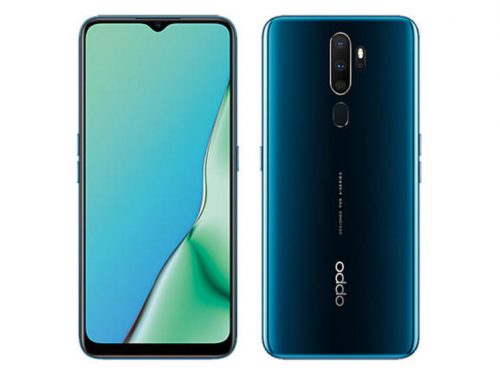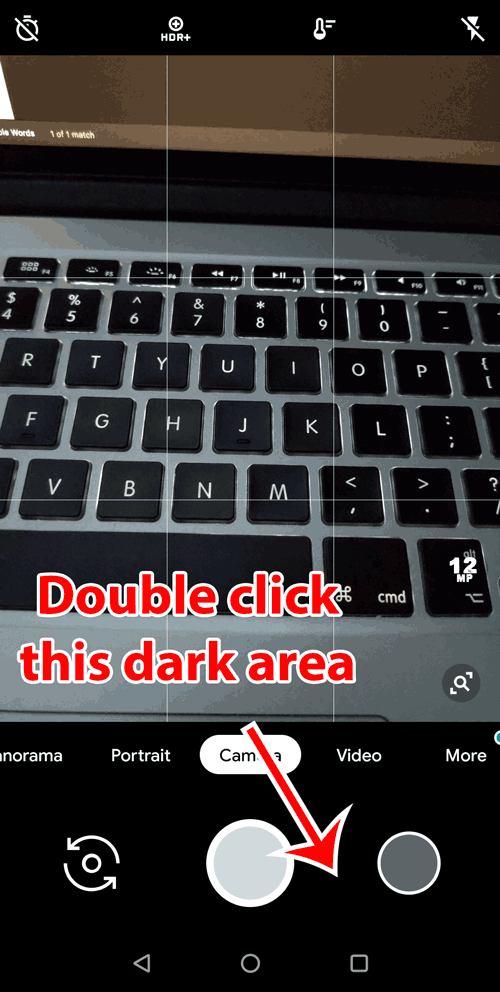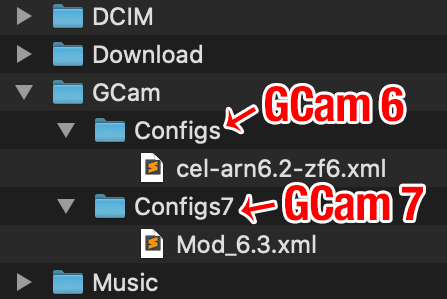 Oppo A9 2020 already have a decent Camera from Oppo. But all users still want to install Google Camera/GCam on their Oppo A9 2020 Phone.
Oppo A9 2020 already have a decent Camera from Oppo. But all users still want to install Google Camera/GCam on their Oppo A9 2020 Phone.
Oppo A9 2020 Camera Specification
| MAIN CAMERA | Quad | 48 MP, f/1.8, (wide), 1/2.25″, 0.8�m, PDAF 8 MP, f/2.3, 119? (ultrawide), 1/4.0″, 1.12�m, AF 2 MP, f/2.4, 1/5.0″, 1.75�m 2 MP, f/2.4, (depth) |
|---|---|---|
| Features | Dual-LED dual-tone flash, panorama, HDR | |
| Video | 4K@30fps, 1080p@30fps, gyro-EIS |
| SELFIE CAMERA | Single | 16 MP, f/2.0, 26mm (wide), 1/3.06″, 1.0�m |
|---|---|---|
| Features | HDR | |
| Video | 1080p@30fps |
This Google Camera is capable of making use of all the Camera Lens available on the phone.
What is Google Camera (AKA GCam)?
Google Camera is the camera app for the Google Nexus and Google Pixel phones. It is not designed or intended to be run on other phones.
Installation instructions
1 – Click here to download the latest GCam APK optimized for Oppo A9 2020
2 – Install the APK
3 – Give all the requested permissions
4 – Download Config XML for Oppo A9 2020
5 – Open the Google Camera and Load the Config XML
More Google Camera XML for Oppo A9 2020:
Config XML Day Mode for Oppo A9 2020
How to Load XML Configs
This GCam versions for Oppo A9 2020 support import/export of .xml files, allowing users to quickly load the best settings for their phone.

Some GCam versions support import/export of .xml files, allowing users to quickly load the best settings for their phone.
Config files are stored in a folder:
GCam 8.x: /GCam/Configs8/
GCam 7.x: /GCam/Configs7/
GCam 6.x: /GCam/Configs/
This folder must be created manually using a file manager or automatically by saving your config.
The top folder, /GCam/, must be created on the same level as the DCIM, Downloads, etc, folders. Example:
To load a config file, move the .xml file to the configs folder, open Google Camera, double click the dark area around the capture button, select the config, and then click on “restore”. Sometimes you have to do it twice.
If GCam restarts, it means that the config file has been loaded.

CHOOSE BETWEEN HDR+ AND HDR+ENHANCED
HDR aka (High Dynamic Range) increases the Dynamic Range, the difference between details in the darkest parts of the picture and not washing out in the brightest parts.
HDR+ is just a larger range on this and HDR+ Enhanced even larger again. Basically the phone takes a range of pictures and it combines the underexposed bright parts and the overexposed dark parts into one picture.
If you leave it set to Enhanced, it will almost always give you the best effects and image quality as it gives itself a little longer time to bring together the image.
The only times usually to use HDR+ is when your needing quick snaps of a moving object or if you want a faster shutter image.
Change Log:
� Improved rootless AUX (Thanks Arnova8G2)
� Added separated Lib Patcher
� Added advanced manual camera ID (Thanks Wichaya)
� Added new manual focus slider and viewfinder menu focus buttons settings (Thanks fu24 and onFire)
� Added NoiseModeler to fix blur on some devices (Thanks Urnyx05 and others)
� Added NoiseModeler choosing menu in Device Model (Thanks overwhelmer)
� Added viewfinder images formats (Thanks onFire and others)
� Added toggle to disable logs in /GCam/log folder
� Added exposure compensation for portrait
� Added more device models
� Updated NGCam Custom Lib
� Updated IMX689 AWB (Thanks burial)
� Updated resources
� Fixed contrast 2 lib patcher values
� Fixed AWB arrays
� Fixed portrait crash
� Fixed lags for redmi note 9 series
� Fixed video for redmi note 8 (Thanks Wyroczen)
� Optimized code for redmi note devices
� Some small changes and fixes
Notes:
� Separated AUX doesn’t work with non-restart buttons, so enable buttons and turn on “Restart” first in Lib Patcher settings
� Experimental Lib Patcher will be only available for main lens, because some features are really just testing
� Advanced camera ID should help for devices with wrong detection and crashes (redmi note 8/9 and etc.)
HOW TO INSTALL:
+ Download the files available;
+ Install the APK downloaded;
+ Move the XML and Load it.






